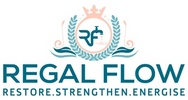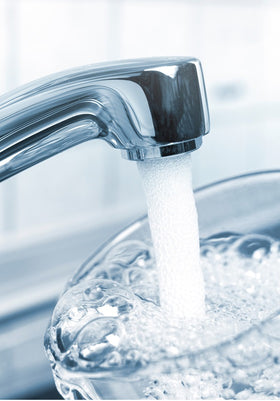
Where to Install a Water Softener
Wondering where to install a water softener? Short answer: near your main water line—think garage, utility room, or basement. It’s all about installation and setup done right: easy access, proper plumbing, and no sunbathing appliances! Keep reading to dodge common mistakes and get the most from your system.
Key Considerations for Water Softener Placement
Getting the placement right isn’t just about convenience—it’s the difference between smooth sailing and plumbing headaches. Think of your water softener as the unsung hero of your home, quietly battling limescale behind the scenes. But even heroes need the right stage. Let’s look at what makes a location perfect.
Proximity to the Main Water Line
Ideally, your softener should sit as close as possible to where the water enters your home. This means all the water—yes, every drop coming from your taps, showers, or countertop dispensers—gets the softening treatment. It's the first line of defence against hard water.
Access to a Drain
Every so often, your water softener needs to flush out minerals. That water needs somewhere to go. Make sure your chosen spot is near a proper drain. No one wants a surprise puddle or worse, a softener sitting in soggy silence.
Availability of an Electrical Outlet (if applicable)
Some softeners are low-tech legends. Others need a bit of power to handle timers and digital controls. If yours does, you’ll need a nearby plug socket. Don’t rely on dodgy extension leads trailing across the floor—safety first.
Space Requirements
Softener units are bigger than they look in the brochure. You’ll need room for the resin tank, the brine tank, and space to lift the lid and pour in salt. It’s not a job you want to do bent over sideways in a broom cupboard.
Protection from Extreme Temperatures
Freezing temperatures can cause major damage, especially to the pipes. At the other end, high heat can age your unit faster than a bargain sunbed. So keep it somewhere temperature-stable—your softener prefers cosy, not chaotic.
Ideal Installation Locations
Choosing the right location isn’t just a technical decision. It’s about finding a spot that works for you and your home without turning maintenance into a chore. Here’s where most people find success.
Basement Installations
If you’ve got a basement, lucky you—this is often the gold standard.
It’s close to main water lines, usually has space and drains, and keeps the unit safe from harsh weather. Just make sure it’s dry and doesn’t flood during a rainy British winter.
What to Do After Installing a Water Softener
You’ve installed your softener—congrats! Now what? First, check all the fittings for leaks. Then, run water through the taps to flush the system. Don’t forget to fill the brine tank with salt and set up the control settings. Oh, and register your warranty while the kettle’s boiling!
How to Install Water Softener Outside
Outdoor installs? Tricky, but not impossible. You’ll need a weatherproof cabinet, pipe insulation, and protection from frost. It’s doable, especially in milder areas, but it’s more high-maintenance. Not ideal if you want to “fit and forget.”
Garage Installations
Garages are one of the most common choices. They’re near the water main, usually have drainage, and plenty of space. Just check the temperature doesn’t drop too low in winter—or soar in summer if your garage turns into a greenhouse.
Water Softener Pipe Size
Most homes use ¾-inch or 1-inch pipes for water softeners. Using the right size keeps your water flowing smoothly without any pressure hiccups. Always double-check your plumbing setup before ordering your system.
Utility Room Installations
Utility rooms are unsung heroes—tucked away, practical, and full of plumbing. If yours has a drain and a nearby socket, it’s probably perfect. Plus, it’s easy to keep an eye on salt levels when you’re doing the laundry or putting away the hoover.
Locations to Avoid
Not every nook or cranny is a good fit for a softener. Here’s where not to put it:
-
Anywhere in direct sunlight
-
Next to boilers or hot appliances
-
Outdoors without protection
-
Lofts, unless properly insulated
-
Anywhere with no drainage
-
Tight cupboards with no access
Bad placement can lead to leaks, freezing damage, and general frustration.
Conclusion: Choosing the Best Spot for Your Softener
So, where’s best? The garage, utility room, or basement are often top contenders. Each offers access to plumbing, power, and enough room to manoeuvre. But ultimately, it depends on your home's layout and what’s practical for your day-to-day life. Pick wisely, and your water softener will keep your home running smoothly, your kettle descaled, and your showers silky. Not bad for something you rarely think about, right?
More Water Softener Articles You’ll Want to Read
Can You Fit a Water Softener Yourself?
Can a Plumber Fit a Water Softener?
Where Is the Best Place to Put a Water Softener?



Leave a comment